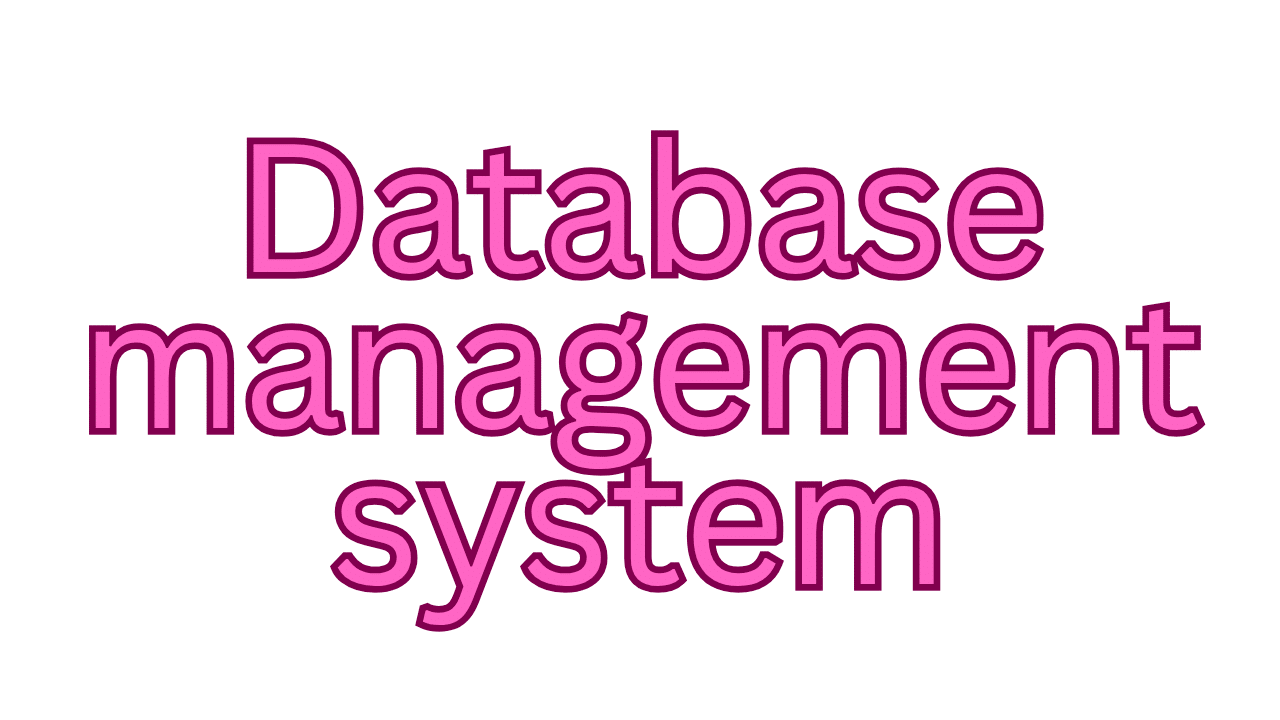Gantt chart Project DevelopmentSchedule (project management) The project scheduleis the tool that communicates what work needs to be performed, which resources of the organization will perform the work and the timeframes in which that work needs to be performed....
Chapter 7: Feasibility Analysis in Software Develoment Life Cycle.
Feasibility AnalysisWhat is Feasibility Analysis?? An analysisand evaluation of a proposed project to determine if it (1) is technically feasible, (2) is feasible within the estimated cost, and (3) will be profitable for Organization. Feasibility analysis guides the...
Chapter 6: Data Flow Diagram in Software Development Life Cycle.
Data Flow Diagram What is DFD? A data flow diagram (DFD) is a graphical representation of the "flow" of data through an information system, modelling its process aspects.A DFD is often used as a preliminary step to create an overview of the system, which can later be...
Chapter 5: System request on SDLC
System Request In most organizations, project initiation begins by preparing a system request. A system request is a document that describes the business reasons for building a system and the value that the system is expected to provide.The project sponsor...
Chapter 4: SDLC design Phase
SDLC design Phase DFD (Design Analysis)Architectural DesignUI DesignDatabase DesignProgram DesignArchitectural design (logical)Network designClient –server designClient designServer designCloud ComputingDatabase designER diagramRelational diagramDDL (not...
Chapter 3: SDLC and its Life cycle Phases.
What is SDLC? The systems development life cycle (SDLC), also referred to as the application development life-cycle, is a term used in systems engineering, information systems and software engineering to describe a process for planning, creating, testing, and...
Chapter 2: SDLC Key Features For SYSTEMS ANALYST.
Once upon a time, software development consisted of a programmer writing code to solve a problem or automate a procedure. Nowadays, systems are so big and complex that teams of architects, analysts, programmers, testers and users must work together to create the...
Chapter 1: System analysis and Design Overview.
System analysis, a method of studying a system by examining its component parts and their interactions. •It provides a framework in which judgments of the experts in different fields can be combined to determine what must be done, and what is the best way to...
Chapter 4 Relational Algebra
Relational Algebra The part of mathematics in which letters and other general symbols are used to represent numbers and quantities in formula and equations. Ex: (x + y) · z = (x · z) + (y · z). The main application of relational algebra is providing a theoretical...
Chapter 3 Components of the Database System Environment
Components of the Database System Environment There are five major components in the database system environment and their interrelationships are. Hardware Software Data Users Procedures Hardware: The hardware is the actual computer system used for keeping and...
Database basic overview
What is DBMS? A Database Management System (DBMS) is a collection of interrelated data and a set of programs to access those data. Database management systems (DBMS) are computer software applications that interact with the user, other applications, and the database...
Laravel – Scopes (3 Easy Steps)
Scoping is one of the superpowers that eloquent grants to developers when querying a model. Scopes allow developers to add constraints to queries for a given model. In simple terms laravel scope is just a query, a query to make the code shorter and faster. We can...



